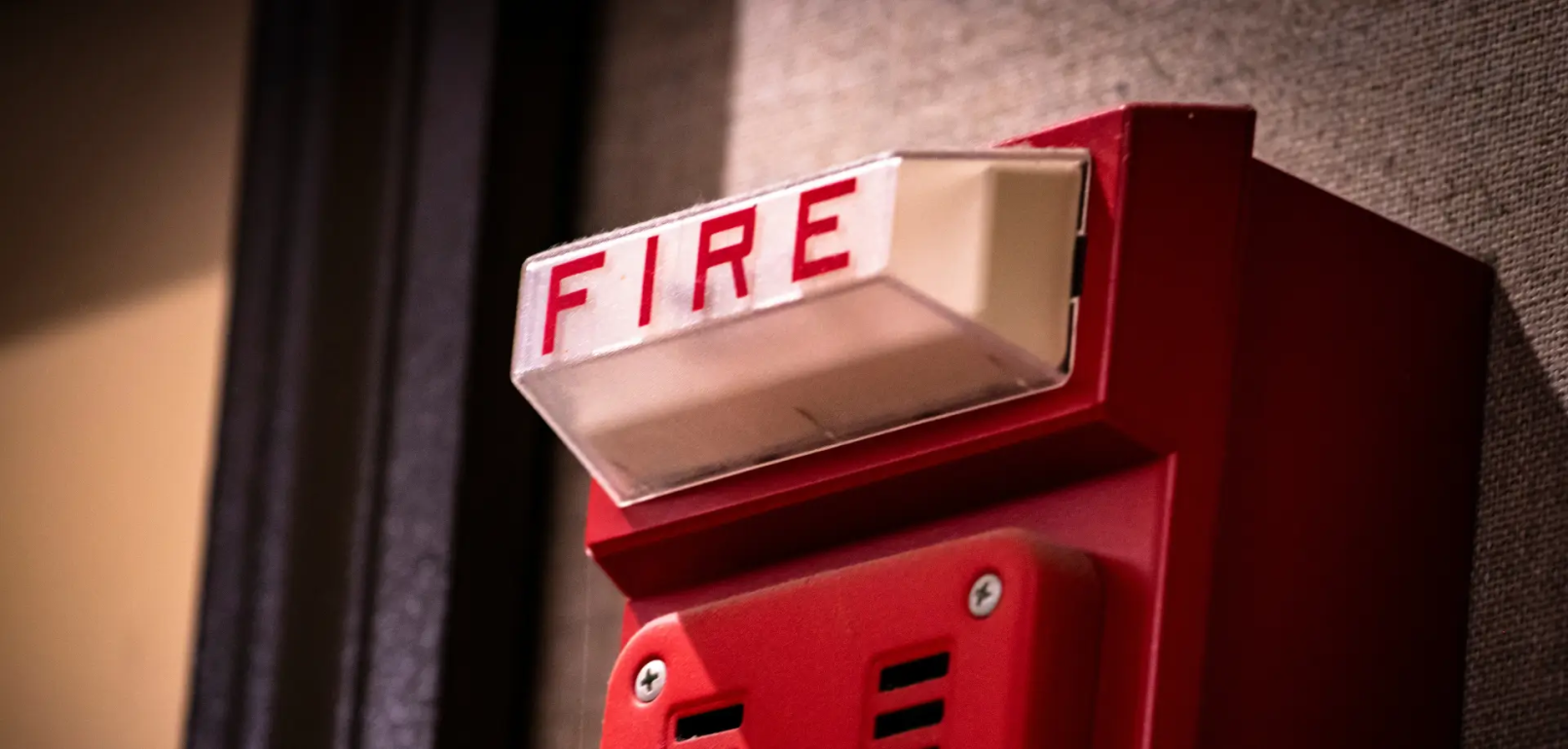
Fire safety standards and codes are critical to safeguarding buildings and their occupants. They provide a structured framework for fire protection systems, ensuring their reliability and compliance with safety regulations. This article explores key fire safety standards, their applications, and the importance of effective inspection, testing, and maintenance (ITM).
Fire Safety Regulations and Their Foundations
Fire safety regulations are shaped by collective input from industry experts and safety organizations, with a shared goal of protecting lives, property, and operations from fire hazards. Model building codes and National Fire Protection Association (NFPA®) National Fire Codes® incorporate best practices, serving as the foundation for maintaining safe environments.
Earn 3 PDH credits and dive deeper into Fire Protection Systems with this online CE course.
Key NFPA Codes and Their Applications
The NFPA establishes globally respected fire safety benchmarks across various industries. Key standards include:
- NFPA 13: Outlines design and installation requirements for sprinkler systems.
- NFPA 25: Focuses on the ITM of water-based fire protection systems to maintain operational readiness.
- NFPA 72: Covers the installation and maintenance of fire alarm systems, ensuring reliability during emergencies.
- NFPA 101 (Life Safety Code): Defines construction, protection, and occupancy protocols to enhance occupant safety and facilitate safe egress.
These standards often serve as a baseline for public laws and private certifications, reflecting their critical role in the building maintenance industry.
The Importance of ITM in Fire Safety
Inspection, testing, and maintenance are essential to ensuring fire systems perform as required during emergencies. Tasks such as main drain tests, valve inspections, and pressure readings prevent potential system failures and maintain operational readiness. For example, regular ITM ensures control valves remain functional and pressure levels stay stable. This is especially vital in high-risk environments like hospitals or high-security facilities, where reliable systems can save lives.
By adhering to these practices, facility managers can preemptively identify and address vulnerabilities, such as unexplained fire alarm activations or inconsistent water pressure.
Contributions of Industrial Standards
Standards from organizations like the American National Standards Institute (ANSI) and the American Water Works Association (AWWA) complement NFPA codes. These standards emphasize rigorous reliability-centered maintenance (RCM) approaches. For example, inspecting components like strainers and pipelines during flow tests prevents obstructions and ensures peak performance.
Implementation Challenges and Solutions
Despite clear guidelines, implementing fire safety codes can be complex, particularly in facilities with unique requirements, such as leased spaces or contractor-operated sites. Tasks like documenting pressure levels or cleaning components after system actuation may vary based on a building's needs.
To address these challenges:
- Customize ITM frequencies based on specific facility requirements, aligning with NFPA recommendations.
- Utilize automated monitoring technologies for faster fault detection, reducing reliance on manual inspections.
By streamlining processes and leveraging technology, facility managers can ensure compliance and efficiency.
Why Compliance is Crucial
Noncompliance with fire safety codes can lead to system failures during emergencies, financial penalties, and legal liabilities. Adopting NFPA standards mitigates these risks, enhances safety, and builds confidence among stakeholders, including employees, visitors, and regulators.
Fire safety codes and standards are more than regulatory mandates—they are essential to protecting lives and safeguarding assets. Integrating these guidelines into routine maintenance practices ensures fire system reliability and preparedness. Facility managers must prioritize ITM activities and stay updated on evolving standards to create safer environments.
Through adherence to recognized standards and effective maintenance practices, organizations can strengthen their defenses against fire hazards, protecting both people and property.
Register for ‘Fire Protection Systems’ to earn 3 PDH and learn even more on this topic.
Related Posts

Is light a Wave or a Particle? Explore Wave Particle Theory
Have you ever stopped to think about what light actually is? It’s the first thing we notice in the morning and the last

Fire Safety Standards and Codes Explained
Fire safety standards and codes are critical to safeguarding buildings and their occupants. They provide a structured fr

Tesla Makes Solar Panels Gorgeous
Published 7/5/2016 What if solar power hardware was invisible, more efficient and able to run everything from your home